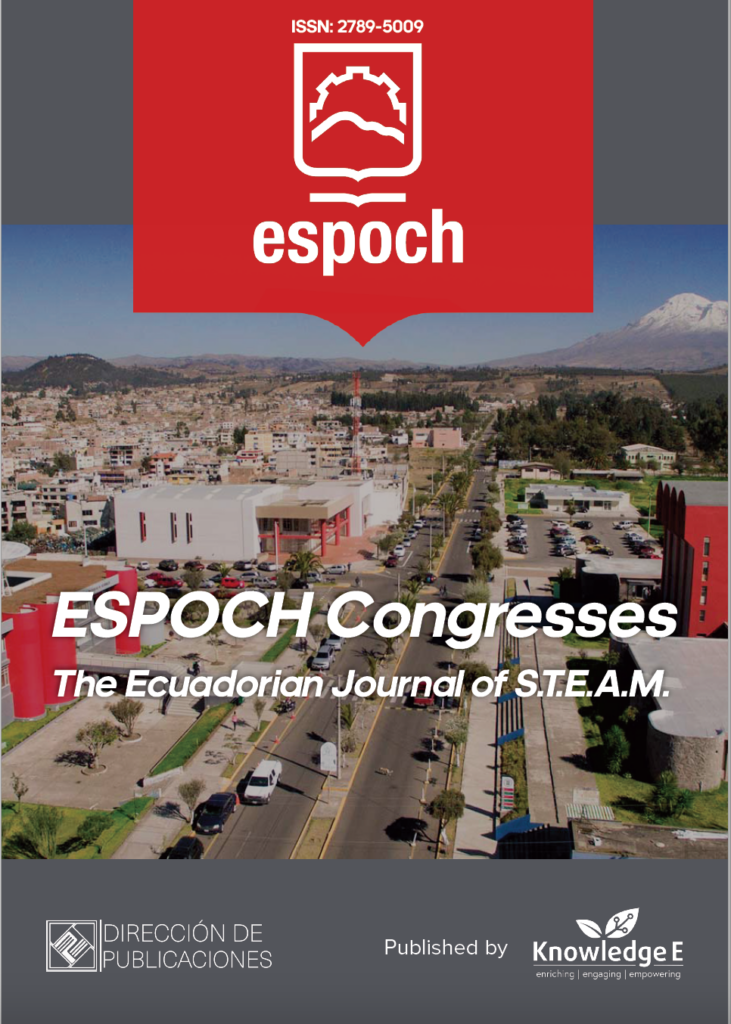
ESPOCH Congresses: The Ecuadorian Journal of S.T.E.A.M.
ISSN: 2789-5009
Leading Ecuadorian research in science, technology, engineering, arts, and mathematics.
Autonomous System Based on Artificial Vision for the Ergonomic Evaluation of Forced Postures
Published date:Aug 31 2022
Journal Title: ESPOCH Congresses: The Ecuadorian Journal of S.T.E.A.M.
Issue title: Volume 2, Issue 4
Pages:1189 - 1202
Authors:
Abstract:
This study describes the implementation of a job evaluation computer application using the RULA (Rapid Assessment of Upper Limbs) method based on an artificial vision to optimize test time. The RULA method was studied and understood, and a program was developed using the LabVIEW Graphics programming language. As a camera that met the requirements of this project, the Kinect for Windows V2 was selected, the main advantage of which is an active depth sensor based on the light that allows access to the data represented by a simple frame. This facilitated the development of algorithms. The purpose of this application is to considerably reduce the evaluation time of forced postures, in addition to offering advantages such as real-time monitoring of the operator’s exposure conditions to ergonomic risks due to poor posture and repetitive movements. The software has less variation in the scores obtained by the algorithms than analysts using traditional methods. It is concluded that with the implementation of the application based on an artificial vision for the evaluation, greater efficiency was achieved in the process, in terms of time and precision factors, obtaining reliable results from the use of these technologies.
Keywords: posture assessment, artificial vision, LabVIEW, RULA.
Resumen
El objetivo del trabajo es describir la implementación de una aplicación informática de evaluación del trabajo mediante el método RULA (Rapid Assessment of Upper Limbs) basado en visión artificial para optimizar el tiempo de prueba. De principio se realizó el estudio del arte acerca del método RULA, posteriormente desarrolló un programa utilizando el lenguaje de programación LabVIEW Graphics. A través de la selección de una cámara que cumpla con los requerimientos de este proyecto, se seleccionó la Kinect para Windows V2, cuyas ventajas principales son tener un sensor de profundidad activo basado en luz que permite el acceso a los datos representados por un marco simple, esto facilitó el desarrollo de algoritmos. Esta aplicación tiene como objetivo reducir considerablemente el tiempo de evaluación de posturas forzadas, además de ofrecer ventajas como el monitoreo en tiempo real de las condiciones de exposición del operador a riesgos ergonómicos por mala postura y movimientos repetitivos. El software tiene menos variación en las puntuaciones obtenidas por los algoritmos que los analistas que utilizan métodos tradicionales. Se concluye que, con la implementación de la aplicación basada en visión artificial para la evaluación se logró mayor eficiencia en el proceso, en términos de factores de tiempo y precisión, obteniendo resultados confiables a partir del uso de estas tecnologías.
Palabras Clave: evaluación de posturas, visión artificial, LabVIEW, RULA.
References:
[1] Aromaa S, Väänänen K. Suitability of virtual prototypes to support human factors/ergonomics evaluation during the design. Applied Ergonomics. 2016;56(1):11– 18.
[2] Diego JA, Alcaide MJ. Using kinect sensor in observational methods for assessing postures. Applied Ergonomics. 2014;45(1):976–985.
[3] Mcatamney L, Corlett E. A survey ethod for the investigation of work-related upper linb disorders Applied Ergonimics. 1993;24(2):91–99.
[4] Mondelo P, Barrau P, Gregorio E. Ergonomía 1 Fundamentos. Barcelona: Universitat Politécnica de Catalunya; 1994.
[5] Organización Internacional del Trabajo. La salud y la seguridad en el trabajo. Organización Internacional del Trabajo [Internet]; n.d. Available from: http://training.itcilo.it/actrav_cdrom2/es/osh/ergo/ergoa.htm#I
[6] Plantard P, Auvinet E, Le Pierres A-S, Multon F. Pose estimation with a kinect for ergonomic studies. Evaluation of the Accuracy Using a Virtual Mannequin. 2015;1(15).
[7] Tompa E, Dolinschi R, Natale J. Economic evaluation of a participatory ergonomics intervention in a textile plant. Applied Ergonomics. 2013;44(1):480–487.
[8] Yi FT, Jung CC, Jan YY, Yang WF. Design and evaluation of military geographical intelligence system: An ergonomics case study. Displays. 2018;51:36–42.